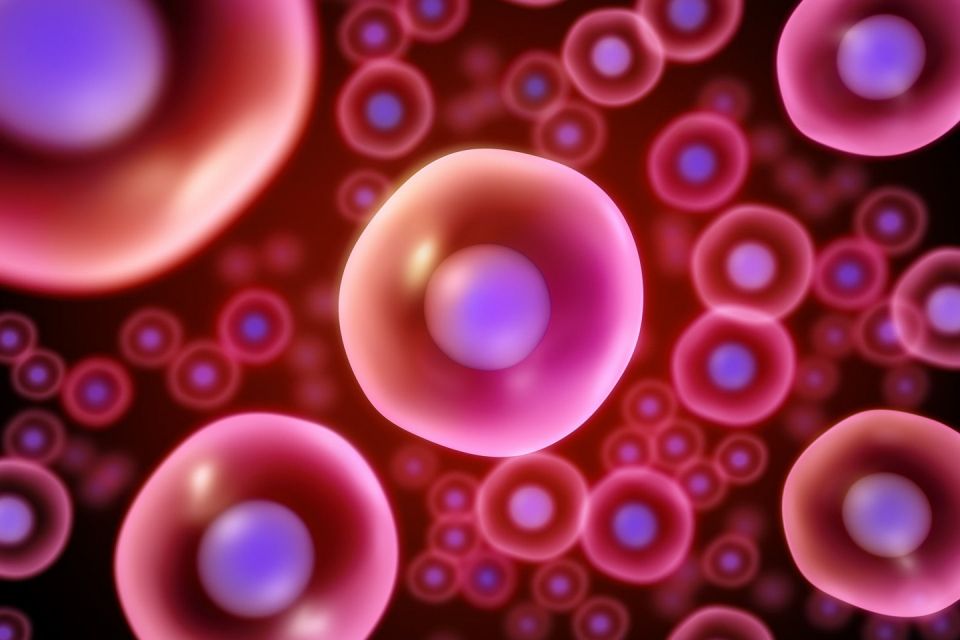When things are going right in your body, it’s because long strings of brand-new proteins are being folded up into just the right tangles and being delivered to just the right place within the cell at just the right time. Conversely, many human diseases – cancer and neurodegenerative diseases among them – occur because some aspect of this process goes awry.

Stanford scientists are revising the fundamental understanding of cellular mechanisms. The work could impact future drug designs. (Image credit: Henrik Jonsson / Getty Images)
Understanding the mechanisms that drive these processes is central to designing increasingly effective drugs and therapies for these diseases. Now, Stanford scientists are poised to rewrite textbooks after gaining new insight into one of the fundamental mechanisms of protein delivery.
A protein’s journey begins when a piece of messenger RNA delivers instructions and a command to a ribosome, one of the tiny bulbous protein factories within the cell. The ribosome follows the recipe encoded on the mRNA – which itself was translated from the genes within your DNA – and manufactures the specific protein. The next step is where things get interesting.
Research in the early 1970s revealed that the first part of many new proteins is a signal that makes the ribosome pump the product into another cellular structure called the endoplasmic reticulum (ER). This critical insight was the basis for the Nobel Prize in medicine or physiology in 1999. A “signal recognition particle” (SRP) latches on to the protein signal to help pilot it to the ER; the SRP also momentarily stops protein production, with the ribosome kicking back into action once it reaches the ER and the SRP has moved along.
“Our data supported the role for SRP, but our experiments did not support this model,” said Judith Frydman, a professor of biology and of genetics at Stanford. “This is what is so cool about this study. We found that in fact SRP works through a very different and completely unexpected mechanism.”
Using modern techniques and instruments that allowed them to observe the mechanism in higher resolution than previously possible, Frydman and her colleagues found that the mRNA actually contains a little bit of information that the SRP recognizes before protein production begins, and that the SRP actually waits at the exit site of the ribosome before the protein even emerges.
“It’s almost prescient; it already knows before it comes and just steps right in,” Frydman said.
The researchers also found that the SRP didn’t halt protein production at all, as was previously believed.
The dual discovery is both important and interesting, Frydman said, because how and when proteins reach the membranes within the cell has dire consequences.
Very important processes rely on the fidelity of where proteins have to go, Frydman said, and cells need to secrete proteins faithfully. If a particular protein stays in the cytoplasm, it could aggregate and lead to loss of healthy function or the accidental gain of unhealthy function. These gains or losses are typical of a variety of diseases, such as cystic fibrosis, cancer and Alzheimer’s disease.
“Many proteins that are important pharmaceutically are made in large part by targeting them to this secretory pathway,” Frydman said. “But they have also been designed relying on this classical model. Having a better understanding of this process could really enhance the process of designing new pharmaceuticals.”
The study, titled “Cotranslational signal-independent SRP preloading during membrane targeting,” was published in Nature. Frydman’s co-authors are Justin Chartron and Katherine Hunt, both of Stanford’s Department of Biology.
Media Contacts
Bjorn Carey, Stanford News Service: (650) 725-1944, bccarey@stanford.edu
Judith Frydman, Biology: jfrydman@stanford.edu